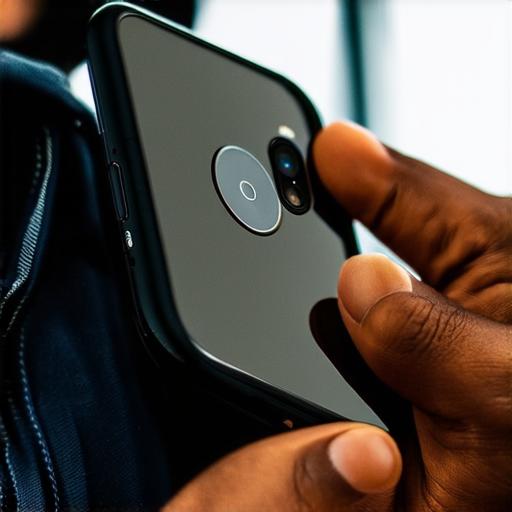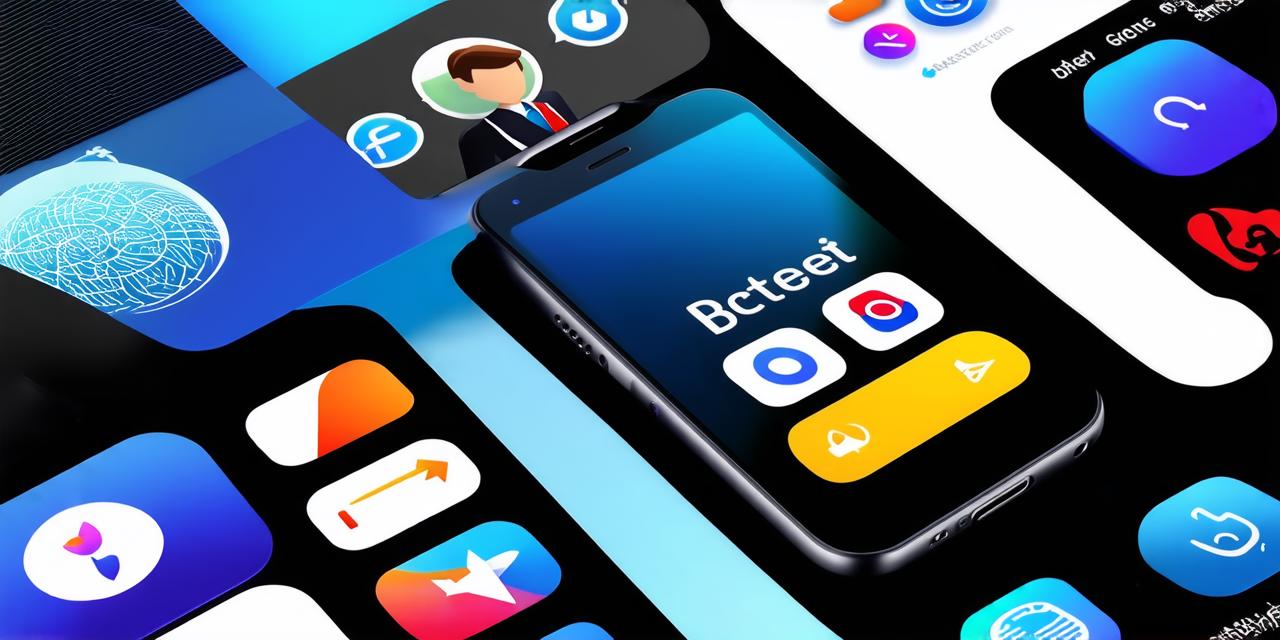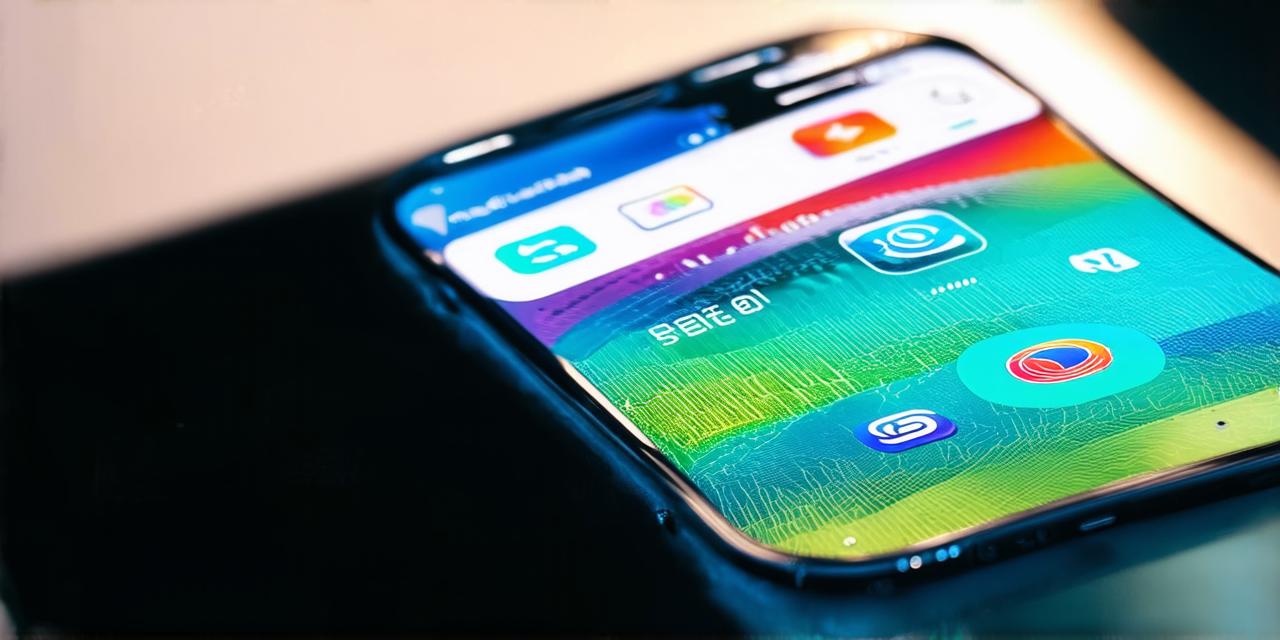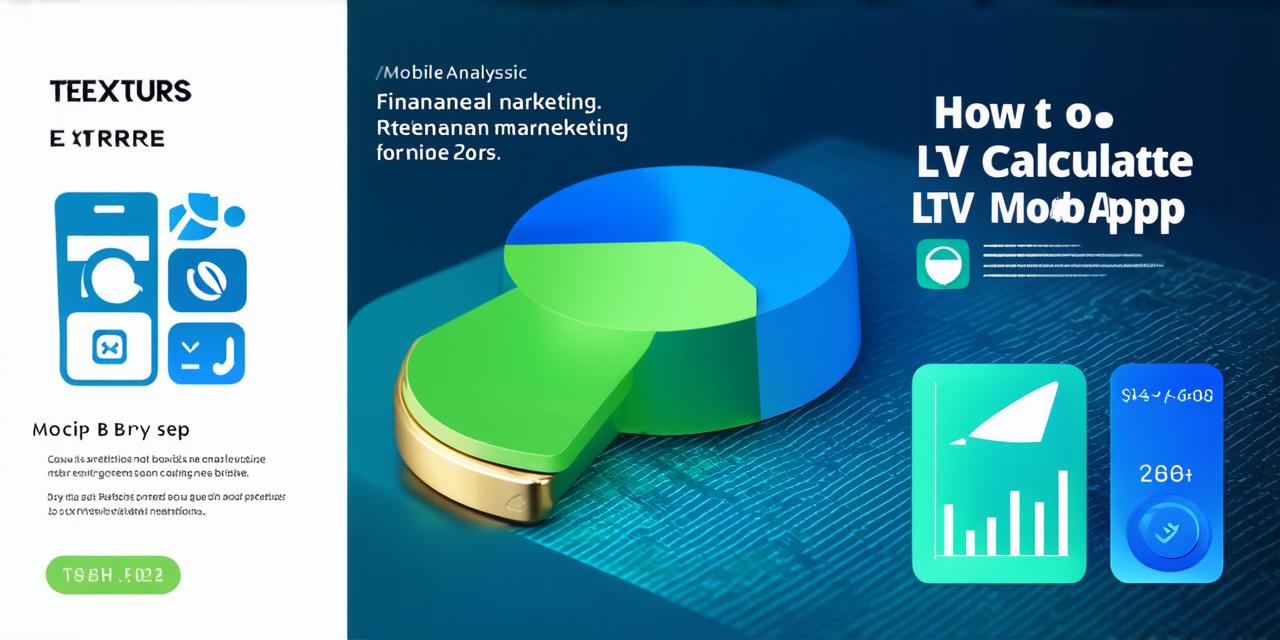Mobile apps have become an integral part of our daily lives. They provide us with endless entertainment options, help us stay organized, and even keep us informed about current events. However, despite their popularity, mobile apps are not immune to the challenges of user engagement. In fact, according to a study by Localytics, 72% of apps are abandoned within one month of installation, and only 19% of users continue using an app after the first 90 days.
What is Mobile App Engagement?
Mobile app engagement refers to the level of interaction and loyalty a user has with an app. It encompasses various metrics such as active users, time spent on the app, session frequency, retention rate, and in-app purchases. A highly engaged user will spend more time on the app, interact with it more frequently, and be less likely to abandon it.
The Importance of Mobile App Engagement
Mobile app engagement is crucial for the success of an app. It directly affects an app’s revenue, growth, and user retention. Here are some reasons why mobile app engagement is important:
- Revenue Generation: Highly engaged users are more likely to make in-app purchases or subscriptions. In fact, a study by App Annie found that the top 50% of apps generate 98% of revenue compared to the bottom 50%.
- User Retention: Engaged users are more likely to return to the app regularly, which increases their lifetime value. A study by Localytics found that users who returned to an app after one month had a 71% chance of becoming active again within 90 days, while those who did not return had only a 3% chance.
- Growth and Acquisition: Engaged users can also become brand ambassadors, which helps increase the app’s growth and acquisition rates. A satisfied user is more likely to recommend the app to their friends and family, which can lead to new installations and revenue.
Best Practices for Mobile App Engagement
Now that we understand the importance of mobile app engagement, let’s explore some best practices to enhance it:
User-Centered Design
Mobile developers should focus on creating an intuitive user interface that is easy to navigate and understand. The app should be designed with the user in mind, taking into account their preferences, needs, and behaviors. A well-designed app will keep users engaged and coming back for more.
Personalization
Personalization can go a long way in keeping users engaged. By offering personalized content or features based on the user’s behavior or preferences, you can create a unique experience that keeps them interested in your app.

Push Notifications
Push notifications are an effective way to keep users engaged and informed about new updates, promotions, or special offers. However, they should be used sparingly and only when necessary. Overuse of push notifications can lead to user fatigue and even app abandonment.
In-App Feedback
In-app feedback mechanisms such as surveys, ratings, and reviews can help you understand your users’ needs and preferences. This information can be used to improve the app and make it more engaging for users.
Gamification
Gamification is a powerful tool to keep users engaged and motivated. By incorporating game-like elements such as rewards, achievements, and challenges into your app, you can create a fun and interactive experience that keeps users coming back for more.
Analytics and Data Tracking
Analytics and data tracking are essential to understand user behavior and identify areas for improvement. By analyzing user data such as time spent on the app, session frequency, retention rate, and in-app purchases, you can gain insights into what works and what doesn’t.
Case Study: Uber
Uber is a prime example of a highly engaged mobile app that has managed to retain its users through various strategies. Here are some examples:
- User-Centered Design: Uber’s user interface is designed with simplicity and ease of use in mind. The app’s navigation is intuitive, and the ride-hailing experience is seamless, making it easy for users to book a ride and track their driver’s progress.
- Personalization: Uber offers personalized features such as driver ratings, which allow users to choose drivers they prefer based on their past experiences. The app also offers promotions and discounts based on the user’s location or time of day, creating a unique experience that keeps them engaged.
- Push Notifications: Uber uses push notifications effectively to inform users about new features, promotions, and special events. For example, during peak hours, Uber sends push notifications to remind users to book a ride, which can be particularly useful in crowded or high-demand areas.
- In-App Feedback: Uber offers an in-app rating system that allows users to rate their drivers and provide feedback about their experience. This information is used by Uber to improve its driver selection process and create a better ride-hailing experience for users.
- Gamification: Uber uses gamification elements such as surge pricing, which creates a sense of urgency and motivates users to book rides during high-demand periods. The app also offers loyalty programs and referral bonuses, which incentivize users to keep using the app and recommend it to others.
FAQs
Q: How often should I send push notifications to my users?
A: The frequency of push notifications should be determined based on the user’s behavior and preferences. Overuse of push notifications can lead to user fatigue and app abandonment, while underuse can result in missed opportunities to engage with your users.
Q: How do I create a personalized user experience?
A: To create a personalized user experience, you should gather user data such as behavior, preferences, and feedback. This information can be used to customize the app’s content or features based on the user’s interests.
Q: What is gamification?
A: Gamification is the process of incorporating game-like elements such as rewards, achievements, and challenges into a non-game context to make it more engaging and interactive.
Conclusion
Mobile app engagement is crucial for the success of any mobile app. By following best practices such as user-centered design, personalization, push notifications, in-app feedback, and gamification, mobile developers can create an engaging experience that keeps users coming back for more. By understanding the importance of mobile app engagement and implementing these strategies, you can create a highly successful mobile app that retains its users and generates revenue.



